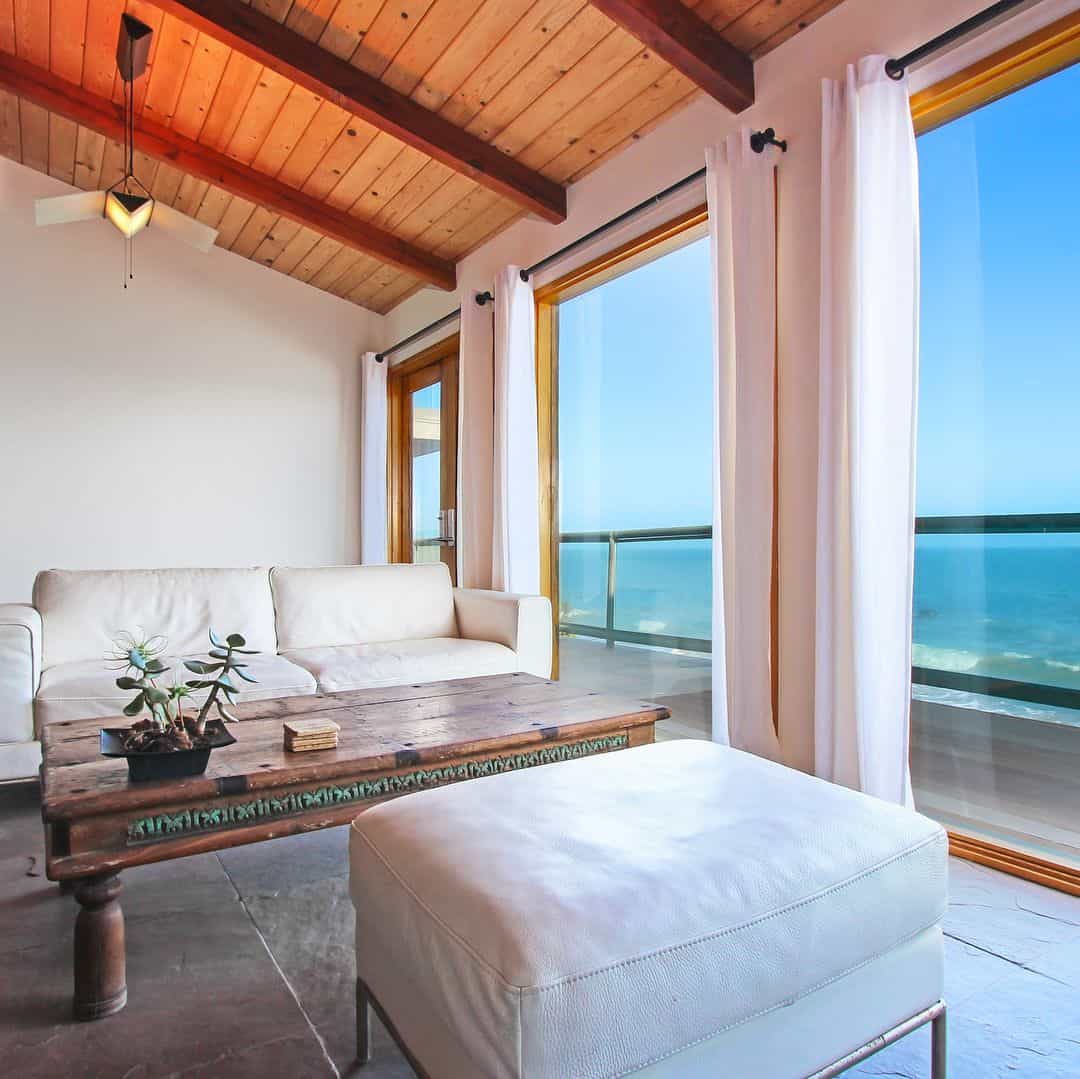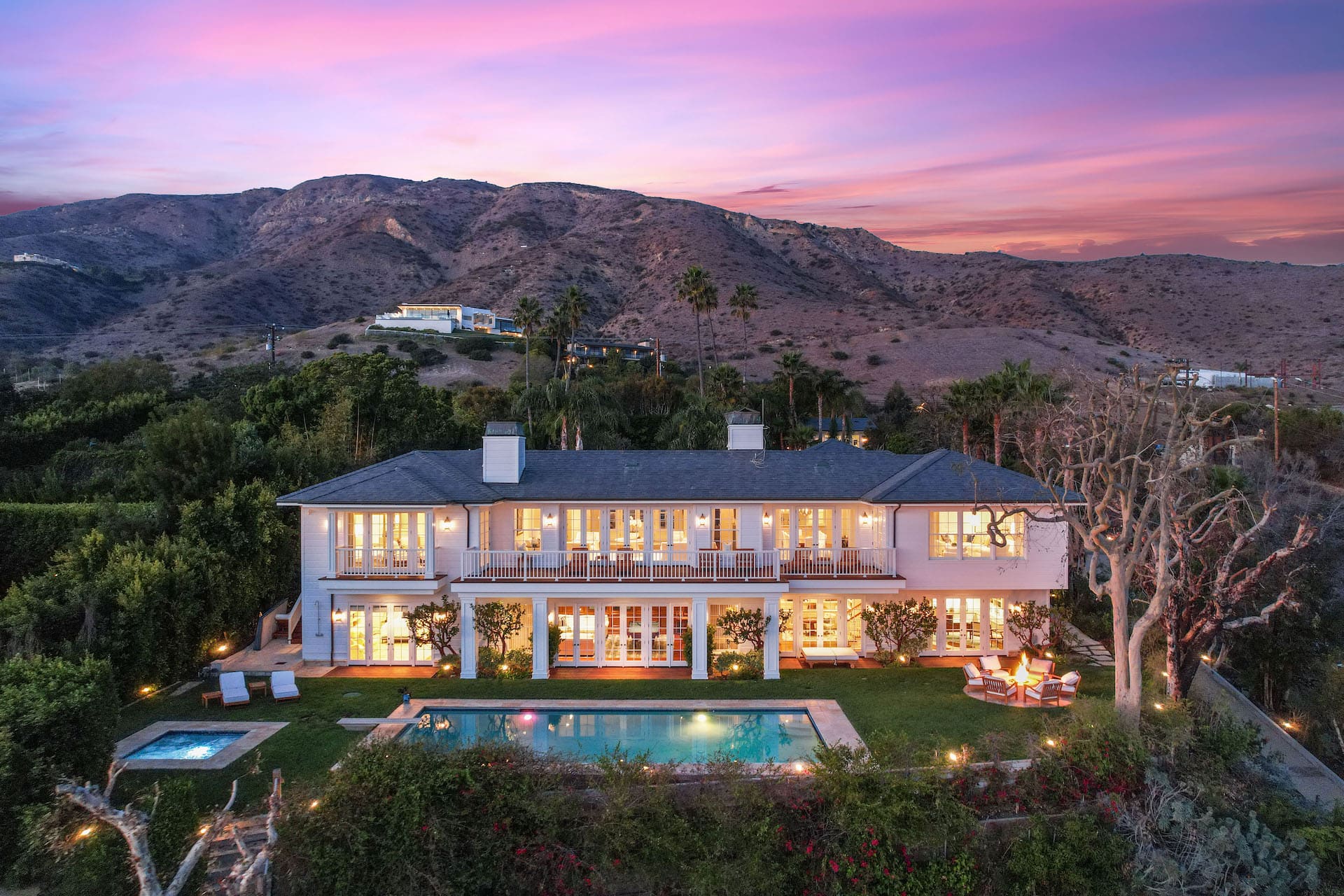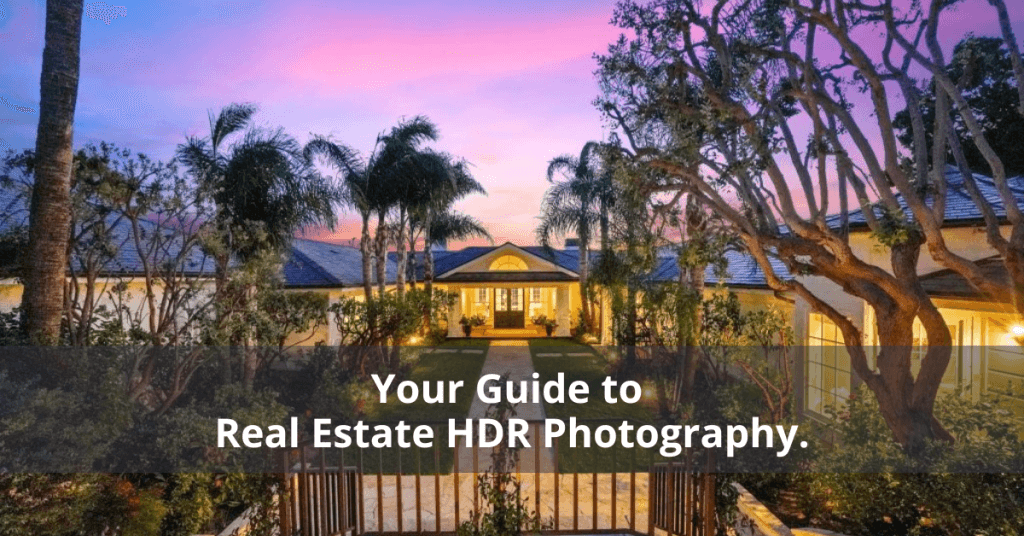Beauty lies in the eyes of the beholder; in the case of real estate property photos, it lies in the hands of light composition. How the picture will reflect on human eyes is determined by how good the composition of light is. Real estate properties have diverse light ranges; some rooms might get direct sunlight, and some hallways might not. While getting quality pictures in such circumstances may seem challenging, this is where Real Estate HDR Photography does its magic.
But what is HDR? How is it used in the real estate industry? What is Real Estate HDR Photography?
Page Contents
What is HDR photography?
High dynamic range, commonly referred to as HDR, is the scale of light that ranges from the darkest to the lightest. If a camera’s dynamic range is high, it can capture splendid visuals even in the cases of low light or skylight. For instance, normal phone cameras have less dynamic range, while the dynamic range used by professional filmmakers’ cameras is high. So comparatively, the quality and content of the filmmaker’s cameras are high and detailed.
Visuals captured (and edited later on) with the help of a high dynamic range camera lens are called HDR Photography. These advanced lenses are designed to capture details, even in high or low-light settings.
Nowadays, Real Estate HDR photography has made itself a must-have for any real estate firm that intends to persuade its buyers on online platforms. Thanks to the great details and attractive light features in the pictures. HDR photos are of different forms depending on how the photographers use them. However, the most prominent and famous features are Stereotypical HDR and Naturally blended HDR.
Stereotypical HDR
Stereotypical HDR photos create a somewhat animated version of the property. The saturation is used excessively, and the pictures look unrealistic. It can be used with different creative ideas in real estate photography but does not deliver an actual replica of the property.
Naturally-Blended HDR
The interiors of any property contain extremely different shades of light throughout the photo. For instance, during a daytime photo, a house’s interior consists of a different light shade than the outdoors.
The outside looks bright, while the inside doesn’t look that bright. HDR shots capture a smooth picture amidst such dynamic ranged light complications. A specific feature of HDR called AED or Auto Exposure Bracketing helps do this. AED takes 3 shots per photo, one bright, one dark, and one middle. Those 3 shots cover important exposure to light.
Naturally-blended HDR photos sometimes may require extra lights. It depends on how you would want to use HDR or Flash photography for your desired result.
Photographers then put the pictures together and edit those photos accordingly to bring out the desired result. This is what we call Naturally-Blended HDR in real estate photography.
How to take the Best HDR Real Estate Photos?
The best way to shoot HDR is with a tripod. You want to use a tripod so the images align correctly and none of the three photos is misaligned. If they are misaligned, you might not be able to edit them together in the future. To process the final product, the images need to be layered on top of each other, and different parts need to be merged without errors. This can only be done if the images are already taken in an aligned fashion.
You can also throw in a flash exposure to create a flambient effect. Flambient stands for flash + ambient (HDR). This might help, but it is unnecessary since it takes much longer on-site (at the photo shoot), and the result doesn’t look much different. However, Falmbient could sometimes be a better option for high-cost shoots.
We at Revepix also offer this exceptional feature as it is ideal for Luxury hotels and big-budget real estate properties (above the price range of $20 million). You can check it out in our ReveLux Luxury Photoshoot packages.
Furthermore, we also consistently upload tutorial videos on our YouTube channels to help photographers know how to use this feature perfectly.
With this method, editing can make or break the quality of your work. Since you are doing HDR already, you will have three brackets, but you might have another three different flash brackets along with those three brackets. The flash brackets will be placed at various angles, and the flashlight will be bounded off different room parts. There might be different rooms in the back that need their flash frame or bathrooms in the back that need their flash frame.
A great benefit of shooting this way is that you can do flash window pulls, probably the most precise and accurate window pull editing method. This method allows the picture to show a realistic view of the room, seamlessly incorporating the view seen from windows. To do this, you must open Photoshop and add the flash layer on top, and with one click of a button, it will do the window pull for you. Finally, you need to ensure the rest of the wall is extremely blown out, and for that, you must put your flash on high power and ISO a bit higher than normal to achieve that.
Why use HDR for Real Estate Photography?
Real estate firms’ major audiences are shifting towards online platforms. Firms know this and want to ensure that the clients looking at their online content will have a positive impression. Thus, real estate firms constantly need the best visuals to represent their properties online.
One of the best practices to bring out the best quality pictures is HDR photography. HDR lenses can capture detailed images amidst complex lights, from the darkest to the lightest. The practice is useful in the real estate industry because it can create realistic and stunning pictures of the property’s features. As the industry seeks more realistic and captivating property photos, images created by HDR cameras provide the best quality available, making them valuable for real estate photography.
However, you must remember that HDR photography is best used with exceeding lights. It can promptly adapt to unnatural brightness but may need consideration for low contrasts.
Determining a suitable situation for Real Estate HDR Photography
Clients need to get a realistic view of the property while viewing it in pictures. The chances of persuasion get high if the clients experience the real features of the property. The chances get higher if the property pictures are attractive with the right contrast of light configurations. And this is where Real Estate HDR Photography works its magic.
For instance, a room with low light density might look fine to the real eyes. But cameras are unable to match the human eye’s vision. From most cameras, the pictures will show the room to be very dark, sometimes not even allowing the camera to capture basic details of the room. HDR cameras can create quality pictures even in such dark conditions too. It can increase or decrease the picture’s light structure to create an incredible replica of real spaces amidst light complications.
Solutions like these are ideal for such challenges to realtors. As a real estate agent, not only are you unable to show a realistic view of the room to the clients but you also get barred from showing different characteristics of that room. Thanks to Real Estate HDR photography, it allows real estate agents to show realistic and detailed aspects of the property.
When to use HDR for Real Estate Photography?
Exterior photos work with a single exposure, especially if it’s a cloudy day. You can replace the sky when it is cloudy, and the soft light does the job. But you might need HDR Photography if it’s a super bright day with harsh shadows and different patio-covered backyard areas. So here at Revepix, we like to play it safe and shoot HDR regardless if the shots are inside or outside.
I have attached images to help you visualize the types of outcomes you can achieve with this shooting. You can check out our Instagram to see more of our shots.
We have taken great real estate photos over the 7 years and 5,000 houses we have photographed. You can also check our Facebook and our YouTube.

Here is an example of a flambient shot. If you can’t tell, this was a very dark room, but with a few flash brackets and the Stereotypical HDR brackets, we achieved the flambient look.

Here is a twilight shot that was taken with HDR. We did your sky replacements to get the natural-looking pink sunset. The clients and the homeowners fell in love with the photos, and the home flew off the market.
When not to use HDR for Real Estate Photography?
High dynamic range photography enhances the quality of a picture by capturing it in detail. The tool is useful for real estate photography because of its ability to capture pictures in its natural light composition. However, it requires a professional photographer to edit or even take pictures.
HDR photography comes in handy only if you do it correctly. The instances when it is highly recommended not to use HDR for real estate photography:
- HDR photography will not deliver the same result with moving objects like it does with still images. HDR tries to imprint pictures with as many details as its lens can capture. This purpose requires a stationary stage.
- Skins of people and animals are also difficult to replicate, like their actual view in HDR photography. Authentic skin colors cannot blend well with clarity in HDR cameras’ pictures. It gives the audience a little displeasure because human eyes see the skin complexion differently.
- In comparison, HDR photography can easily capture and allow editing scenes with high brightness. Do not force details into a picture amidst low contrast. Limited exposure to the light forces the camera to mismanage the light compositions inside a picture, often producing unoriginal-looking pictures.
- Removing shadows is not a good idea since it carries much additional detail. For example, some situations might compel the photographers to remove shadows, drastically affecting the picture quality.
- Silhouettes show outlines of a visible object with little light in contrast to a brighter background. Do not use HDR cameras with such filters as it deliberately disables the lens to capture details in the darkness.
What is the best HDR software for real estate photography?
HDR photography’s main magic happens while editing. Different photographers have their own choice of software to edit HDR photos depending on their needs. It usually depends upon the industry on how HDR pictures are edited. Real Estate HDR Photography has its own needs and criteria, so let’s dive into the best HDR software regarding real estate photography.
- Aurora HDR: Aurora HDR software is common with photographers that want in-built features and guidance. It allows features like Exposure Stacking, Tone Curve, and Graduated HD filter.
- Lightroom: Adobe Lightroom is a quick and easy software to merge two or more complex lights in a picture. It is one of the easiest photo editing software. It is cloud-based and comes with features like collaboration tools, customization presets, intelligent image search, etc.
- Photoshop: One of the most recurring and versatile names in the photo editor industry, one has to have heard about Adobe Photoshop. The raster-based image editing software comes with a large variety of features. Some notable features are image-wrapping tools, fluid camera rotation, file display tools, etc.
- Luminar 4: Luminar 4, another popular photo editor for photographers, is an AI-based editor known for producing realistic pictures of RAW and JPEG images. Editors can easily use such features from devices like Macs and PCs. Its prominent features are portrait enhancement, one-click ‘Looks’, and AI sky replacement.
- Photomatrix Pro: Photomatrix Pro could be considered an underrated name in the game. It allows editors to develop bracketed pictures with additional features like Photos Extensions, allowing editors to design one image at a time. It accepts RAW pictures and also allows Crude picture reports.
Conclusion
HDR photography is a tool used in real estate photography to create attractive pictures of the property, intending to impress the buyers. It takes and allows editors to produce stunning images of properties amid the most complex lights. And while the photos produce an appealing look, the usage is equally important to create such photos. We discussed HDR photography in real estate and different ways or applications to enhance the pictures using HDR photography.
Stunning landscapes and interior details are a trend to stay in the real estate photography industry. That makes Real Estate HDR photography a popular practice with a strong future ahead, so gear up with the right knowledge if you’re already in the industry!!



